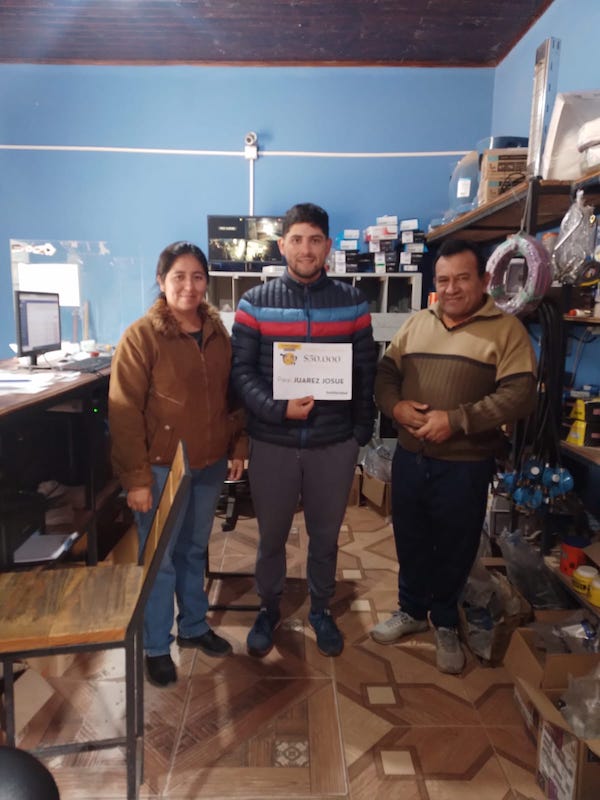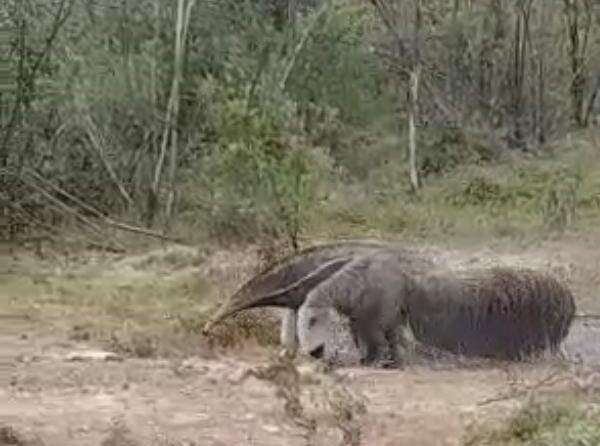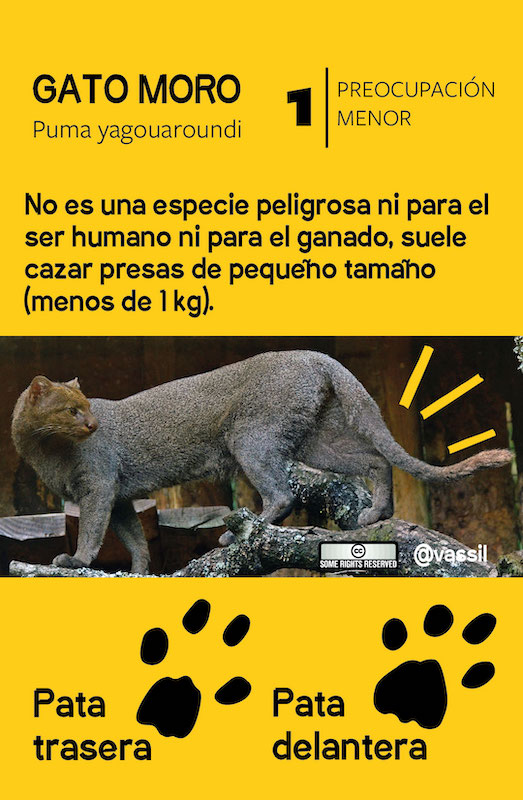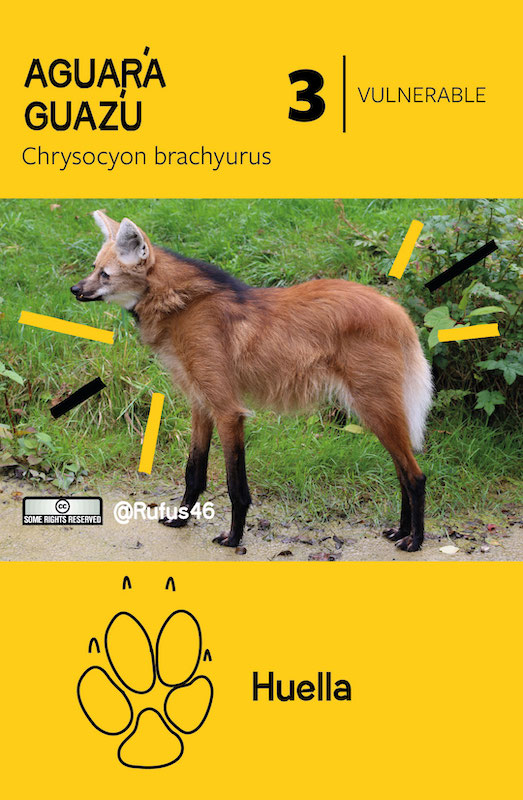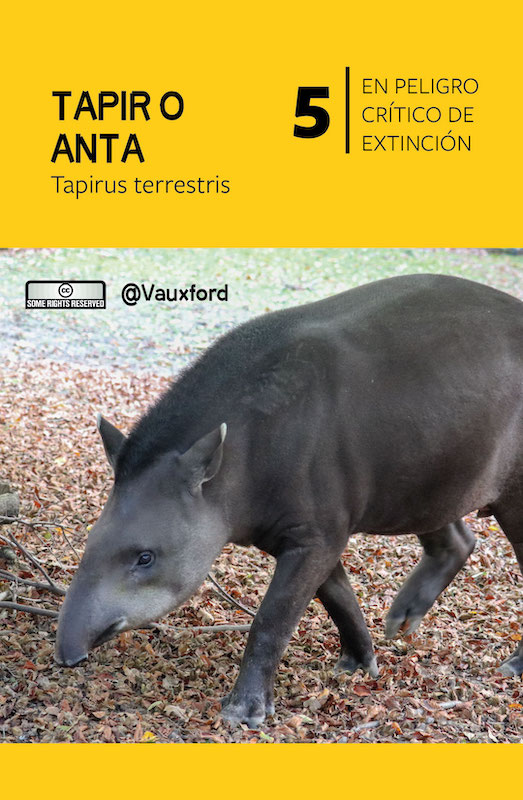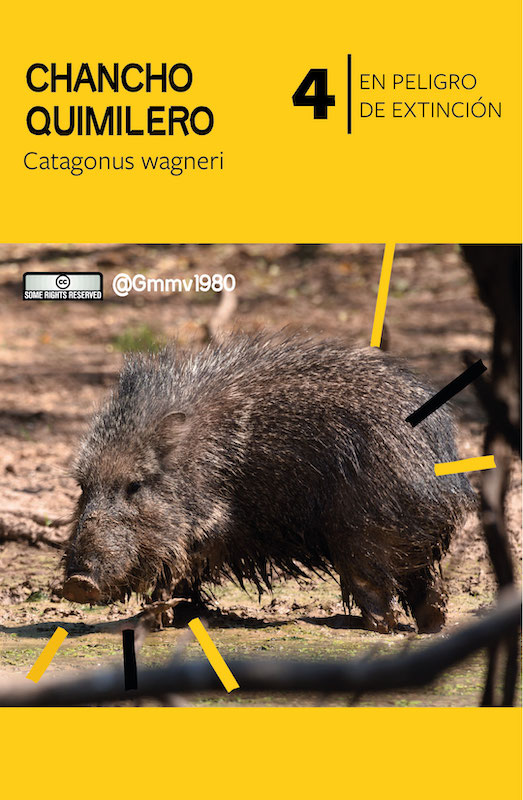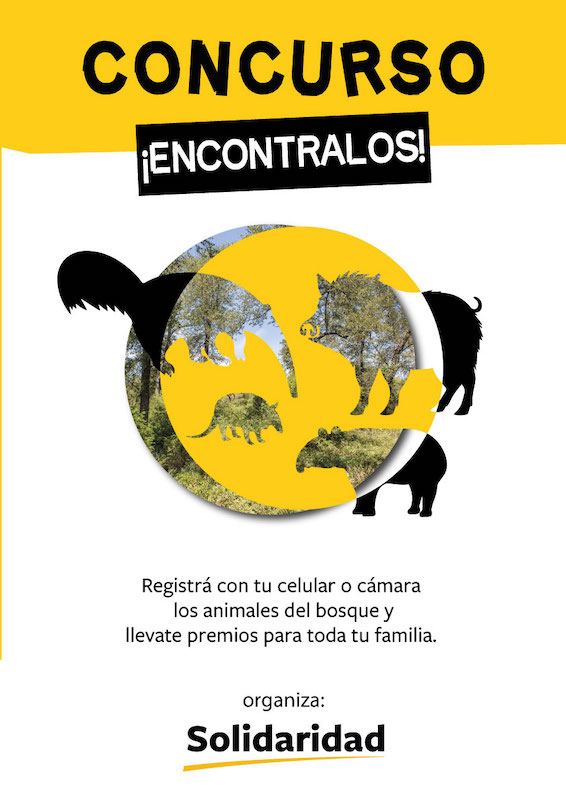After a training on biodiversity, participants received certificates. Andrea Cabral said, “My family participated in the photo contest. I was very pleased with the training so that my children learn to protect animals and don’t harm them.”
A wildlife scavenger hunt proved the ideal tool for helping communities learn about and value the native fauna of the Gran Chaco. Solidaridad organized the creative photo and video contest that was open to families living in the department of Rivadavia, located in Argentina’s Salta province.
“How many times when visiting schools do we see photos of giraffes, elephants and other species completely foreign to our environment hanging in the classroom?” asks Alejandro Briones, Solidaridad’s field coordinator in the municipality of Morillo, during an interview conducted by a local radio station in the Argentinian province of Salta.
The rules of the contest were simple: share records of animals—or in the case of animals that posed a risk to people, simply their tracks/eggs — along with a brief entry about where and how the encounter had taken place. Winners were awarded construction materials to build cattle paddocks, or other types of infrastructure needed to improve their production.
During the three months of the contest, the organizers received roughly 150 records from 80 families.
Producers as stewards of the land

Families in the Dry Chaco of Gran Chaco are reliant on cattle ranching. The adoption of regenerative livestock practices can optimize their production while also restoring the native forest land. The contest was designed to complement the work Solidaridad has been doing in the area since 2021 to encourage these livestock practices.
Rotational grazing, which divides the area where the herds graze into different paddocks, is the foundation of this regenerative model. While the cattle feed in one paddock, the soil in the other paddocks rests to allow vegetation and pastures to regenerate naturally. The benefits are clear: the approach combats soil compaction and erosion, and the cows don’t have to travel long distances to find food and water in times of drought.
Living with wildlife in the Dry Chaco
In addition to their role in restoring ground cover and the conservation of the Chaco forest, livestock producers are critical allies in the effort to protect local wildlife.
“The contest was designed so that both children and adults could learn about how vulnerable the different species are that live around them, and how to behave when they encounter them,” explains Geraldine Sulkin, the Solidaridad project officer in charge of organizing the activity.
The contest was a useful way to highlight the ecological role that native fauna plays in the Dry Chaco forest. Many of them help to disperse seeds, while others burrow and remove soil, which improves water infiltration. Some control the insect population, and others are food for predators like the puma, the fox and other wild felines. Without these prey animals, the risk of attacks on livestock would increase.

As an example of the human impact on the animals of the Dry Chaco, the ‘quirquincho’, a type of armadillo, provides an important lesson. It is quite easy to catch, and many are hunted by people for food, but among the armadillo family, it has the fewest offspring with just one per breeding season. This makes it vulnerable, especially if the hunting rate exceeds reproduction. In fact, there are villages where the quirquincho can no longer be found.
“It is also important to know the real risk that certain animals pose because many times it is not necessary to hunt them. For example, the ‘lampalagua’ is a type of boa whose size may be scary, but it is not poisonous. In addition, it controls the population of mice and scorpions that might live on the ranches. If someone sees a snake and doesn’t attack it, or set dogs on it, the boa will go its way because it doesn’t see us as food,” explains Alejandro Briones.
Pumas can also pose a threat to the livelihoods of livestock farmers, but a change in farming practices can reduce the risk. Previously, the practice of leaving a herd of cattle loose in the forest makes it easy prey. Building paddocks is a good strategy to avoid puma attacks.
Other deterrent tactics make use of an understanding of the puma’s nature. Necklaces with bad smelling burnt oil hung around animals’ necks can ward off attack, or something as simple as drawing eyes on an animals’ hindquarters can scare off pumas, who usually attack from behind. Some farmers are able to use zebu bulls or llamas to defend the herd.
And the winner is…
For the contest, the documented animal species were ranked from 1 to 5, based on their danger of extinction. Higher scores were assigned to the most difficult-to-find species, and extra points were given for image sharpness, location tags and a description of the sighting. At the close of the contest, a jury consisting of Solidaridad staff and Gustavo Marino from The Nature Conservancy selected three winners and two honorary mentions.
“I found this little animal walking around my farm, while I was doing my chores, and I took a photo of it with my phone. I’m always taking photos of animals: wild pigs, brown brockets, ‘pichi’ armadillo, ‘quirquincho’.” said Daniel Salto, the first prize winner.
“For me, biodiversity is important because animals are natural pest control. The anteater, which is the animal I captured in the photo I sent in, controls the ant population. It is an animal that doesn’t cause any harm.”
We must raise awareness among people to take care of these animals that take care of our nature.
Daniel Salto, winner of the first prize
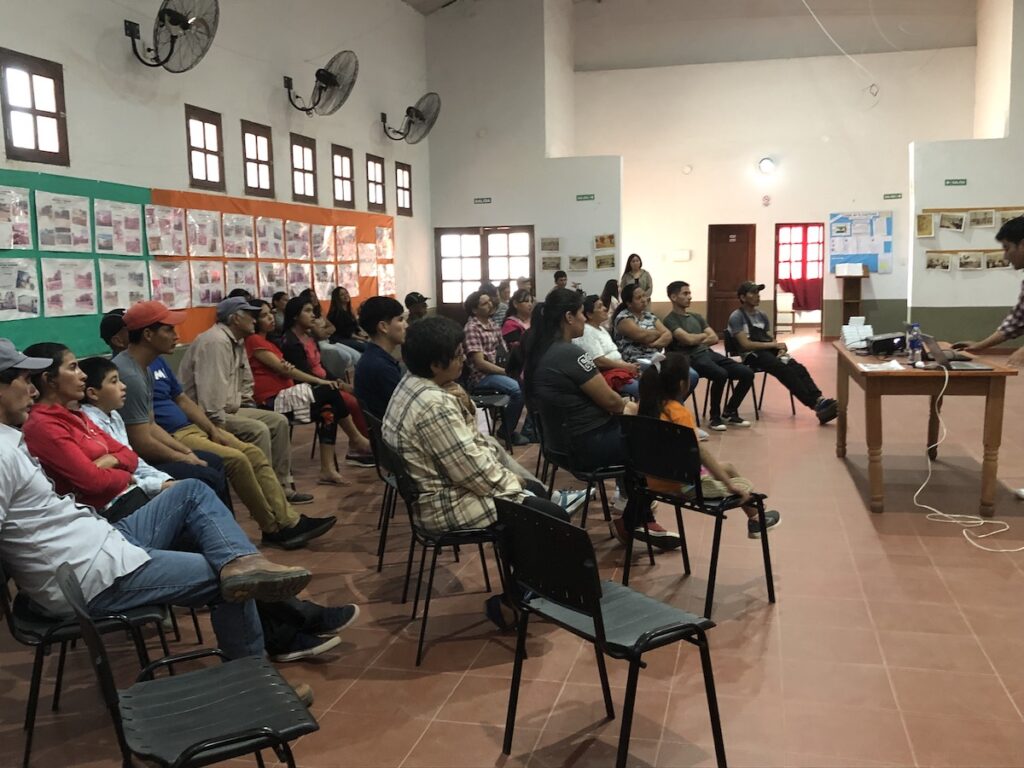
After the winners were announced, all of the contest participants were invited to a biodiversity training. At the training, people learned about food chains in nature, the different roles played (primary, secondary and decomposers) and local fauna’s importance in maintaining balance within an ecosystem.
The training also covered the laws that protect biodiversity, a review of alternative conservation practices, examples of conservation elsewhere in Argentina and abroad, and how to use camera traps to identify animals in the Dry Chaco.
Below are examples of contest cards that describe the local wildlife. These include the animal’s scientific name, its endangered status, along with brief notes like, “Gato Moro, harmless for men or cattle as they hunt little prey (less than 1kg).” It is hoped that the cards will help to prevent unnecessary hunting of the animals by humans.
At the end of the training, people agreed to protect their environment by repeating the pledge: “I voluntarily commit to protecting nature and being an agent of change to promote the sustainability and well-being of the Chaco Salteño.”
María José Andreoni, Solidaridad’s field coordinator in Salta concludes that, “We recognize ourselves as inhabitants of this ecosystem and facilitators to co-create strategies that maintain native forests as part of a fair and egalitarian forest economy.”





